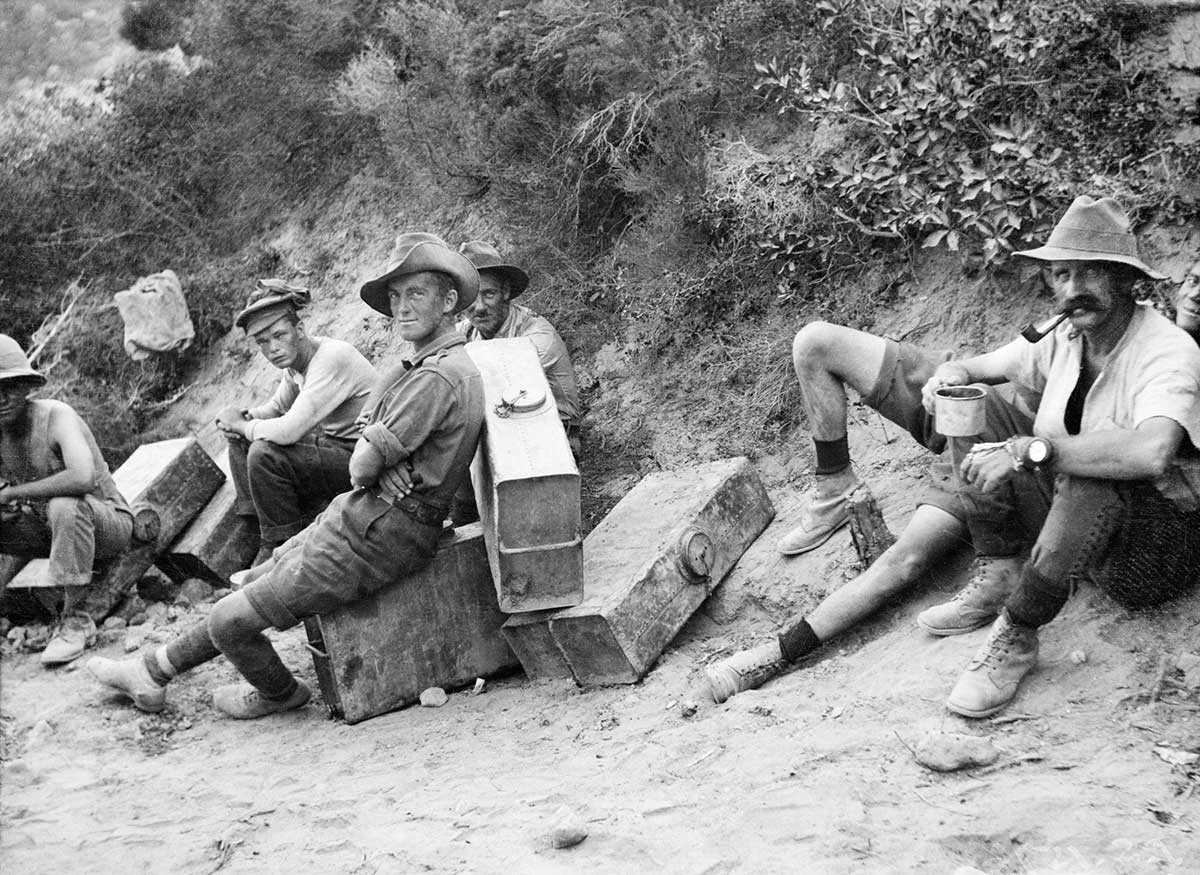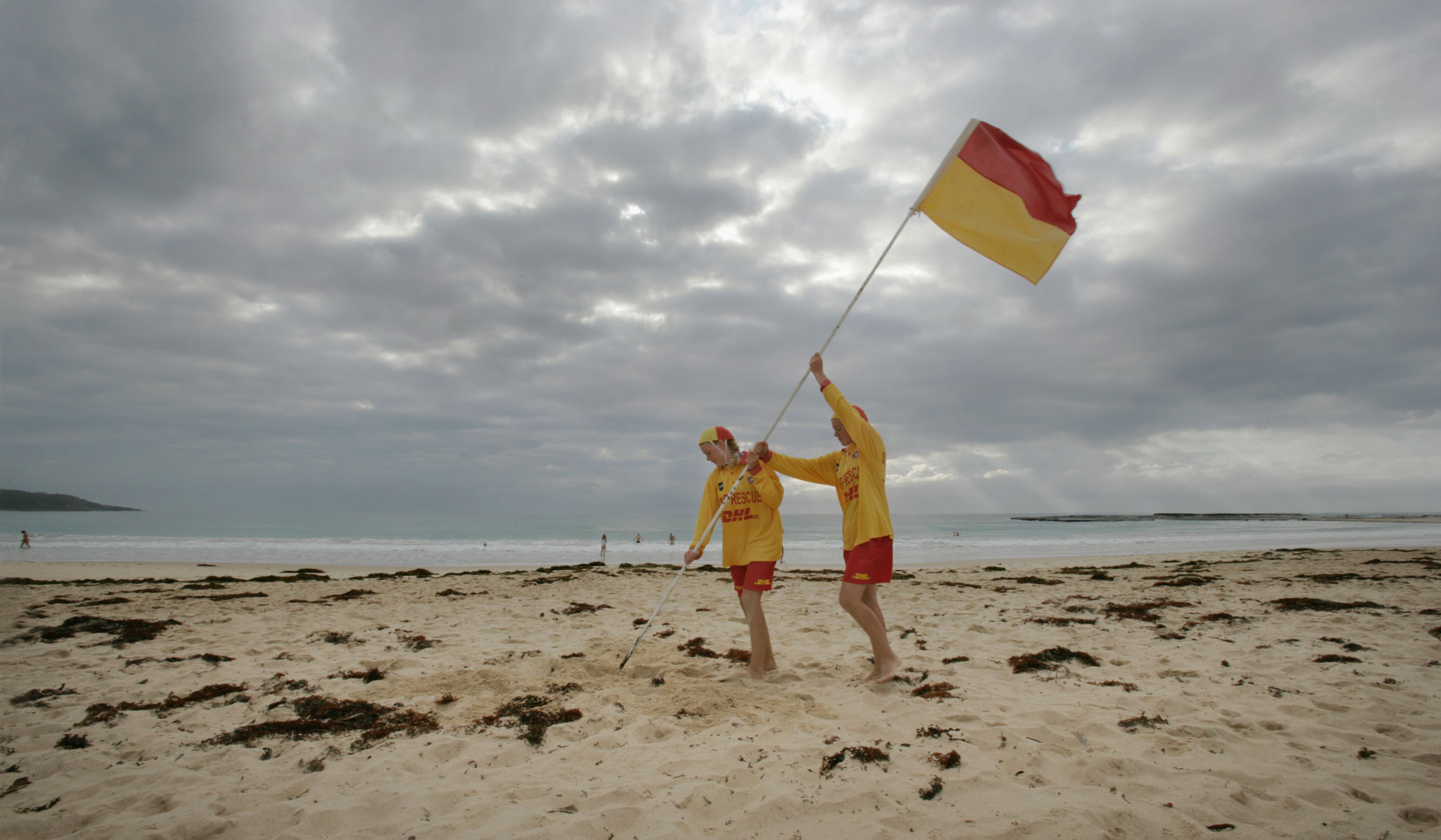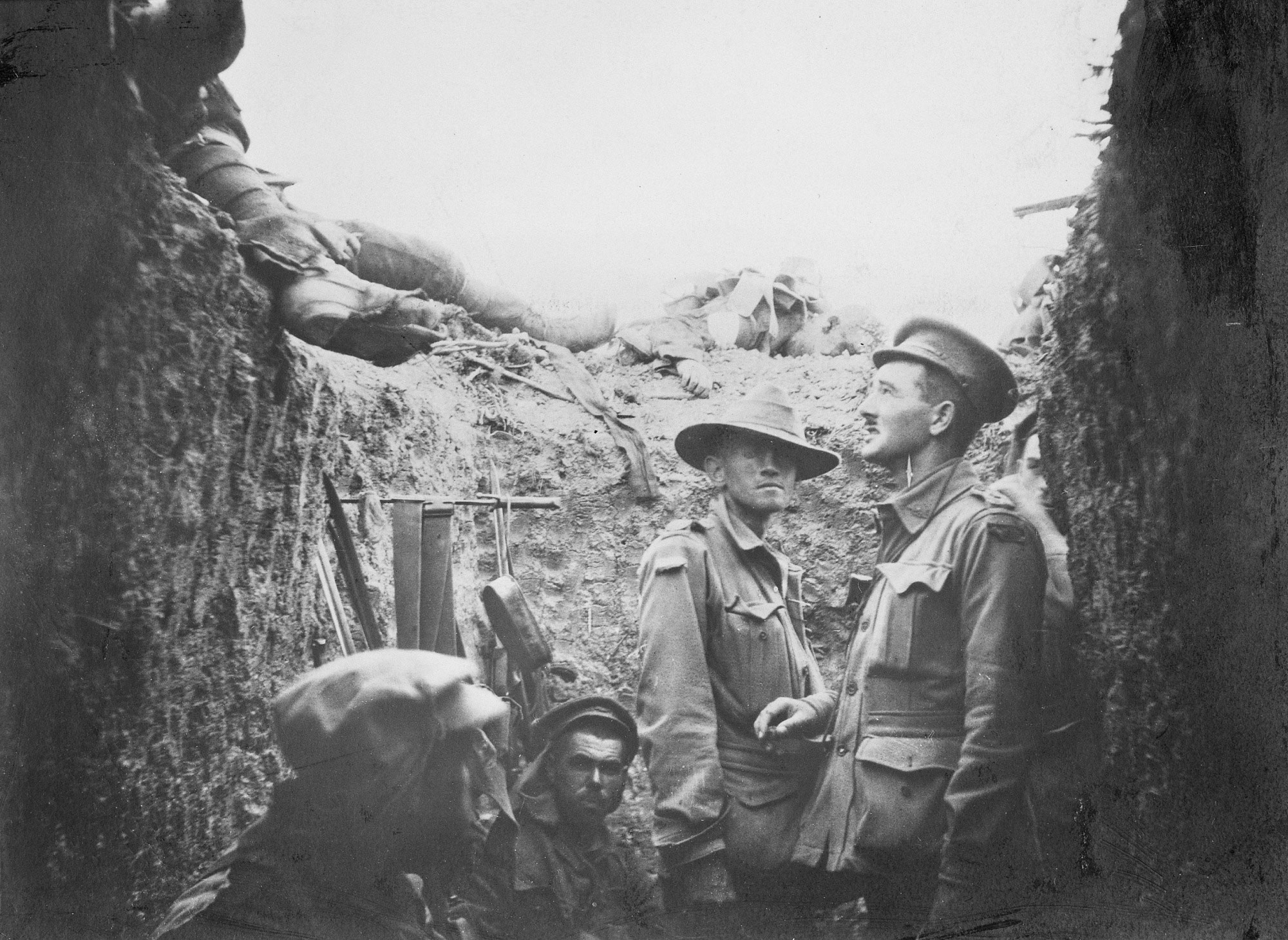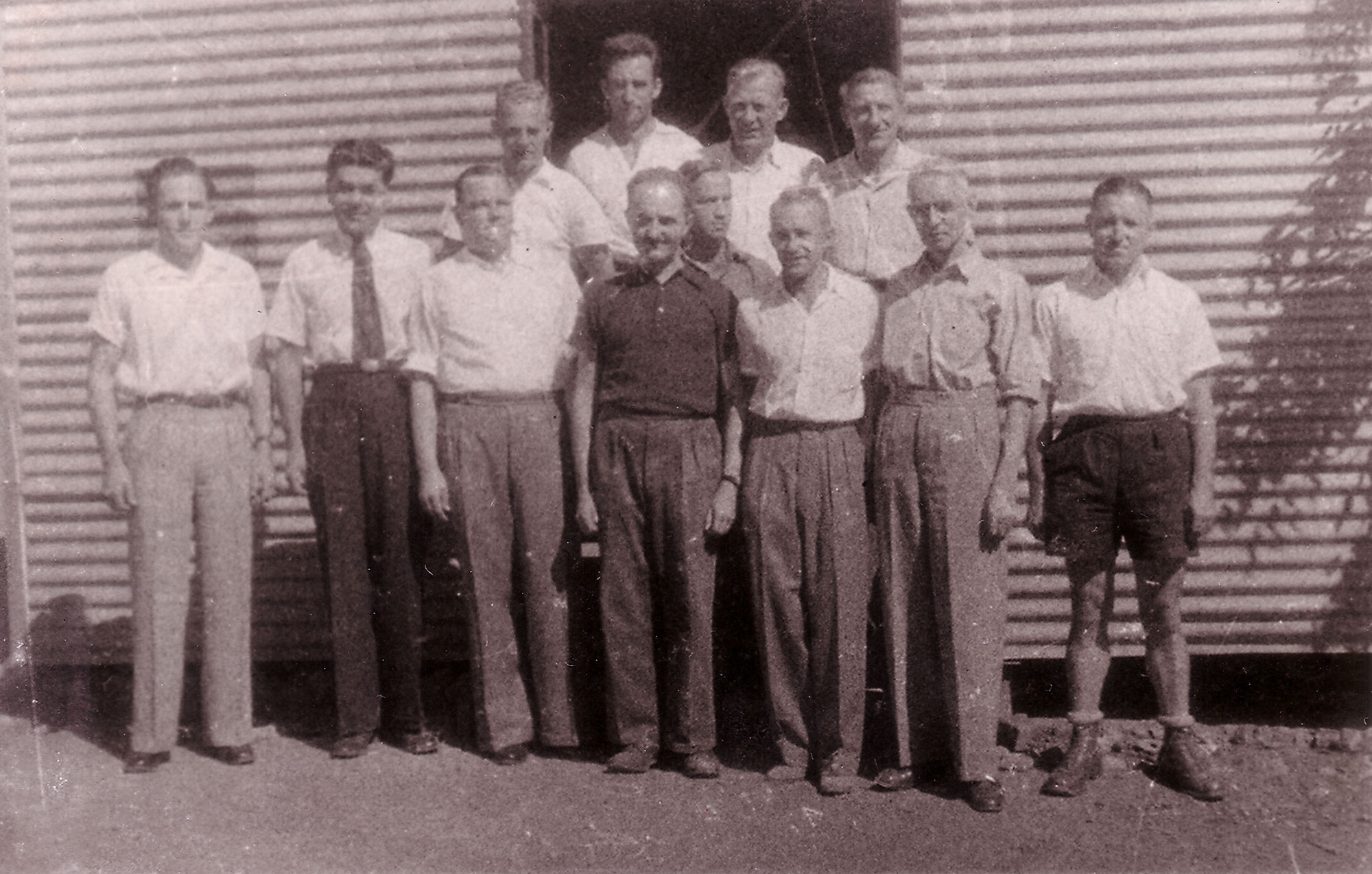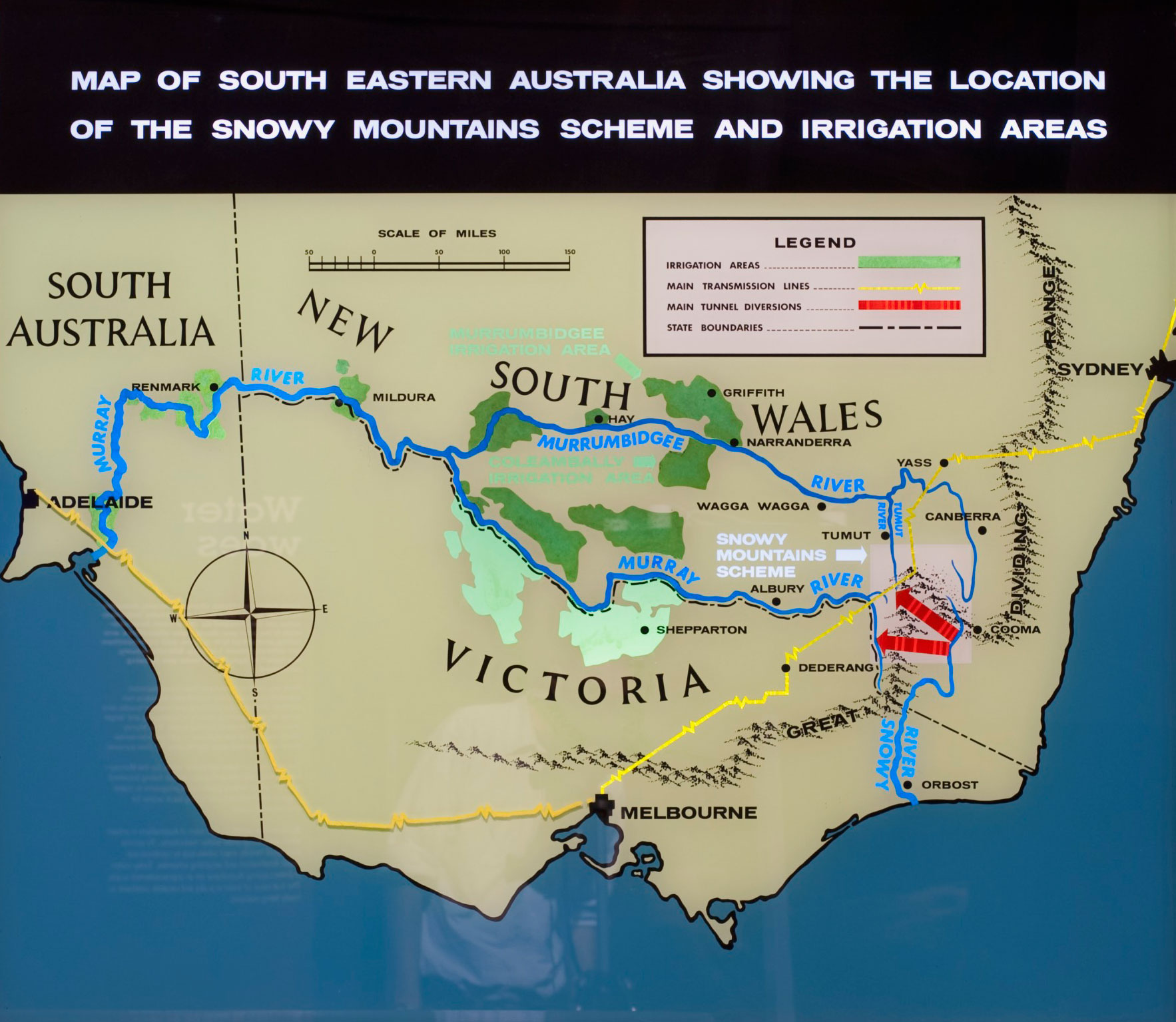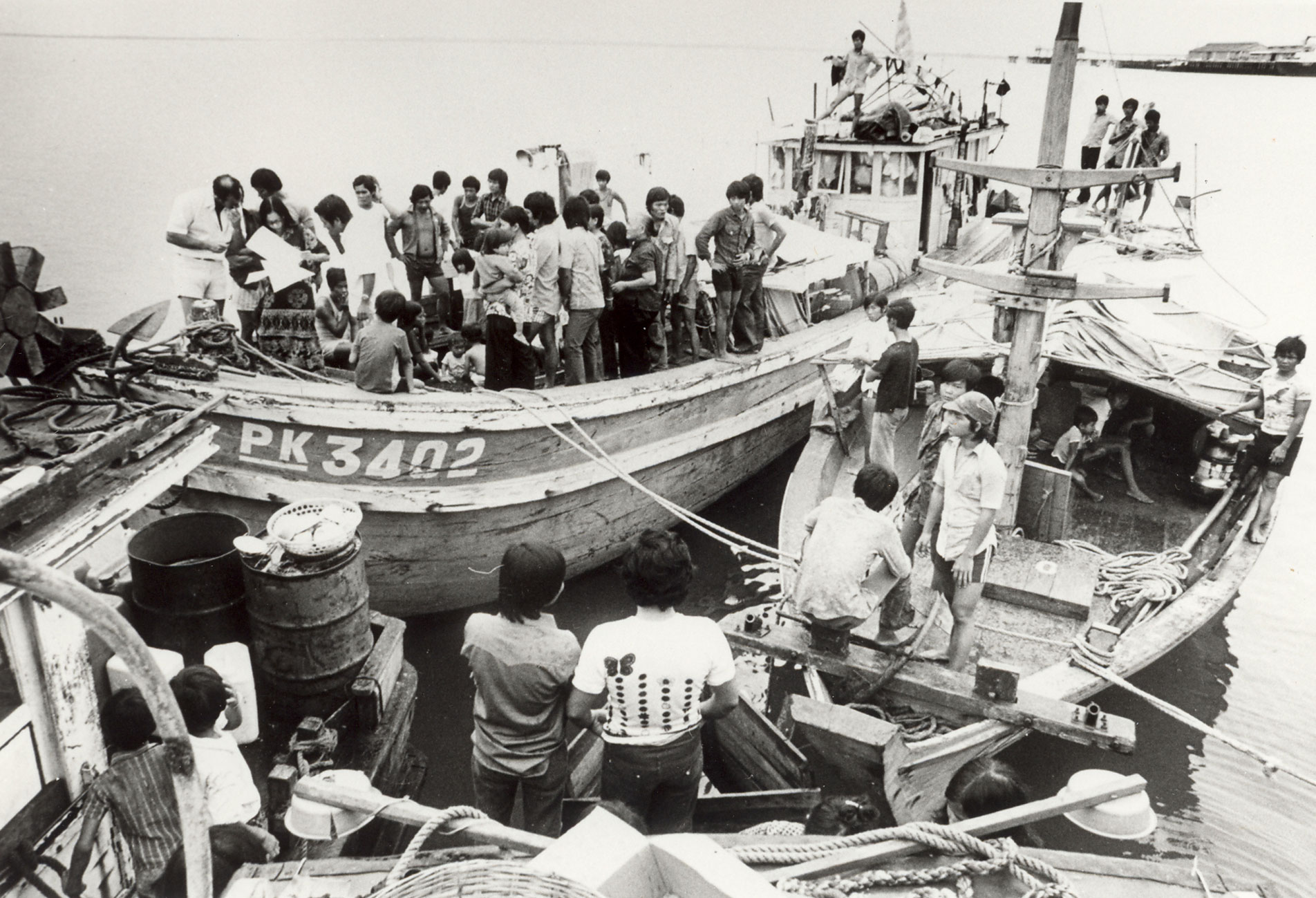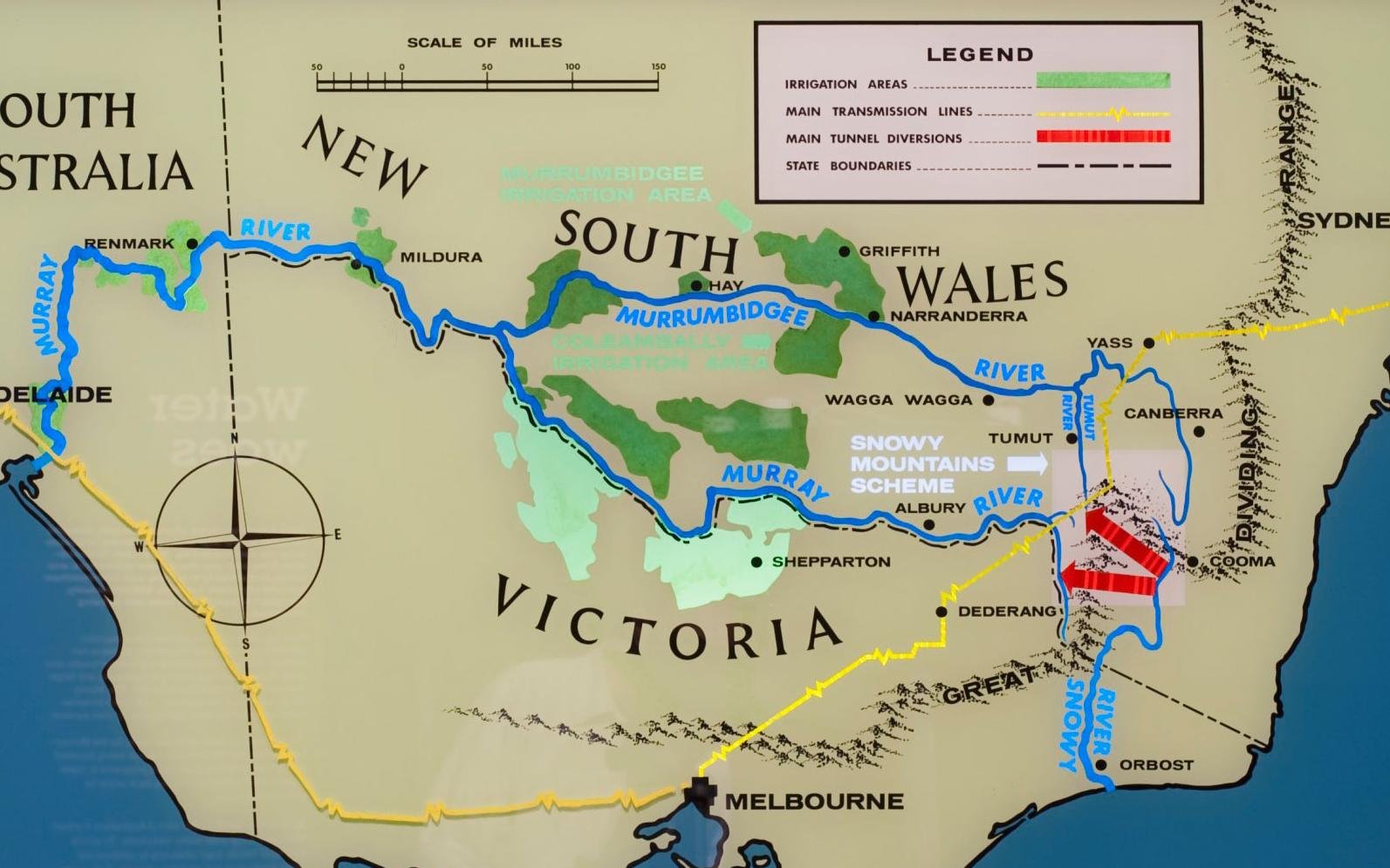Learning module:
Australia since Federation Defining Moments, 1901–present
Investigation 6: Significant groups
6.5 1942 Men of the Kokoda Trail
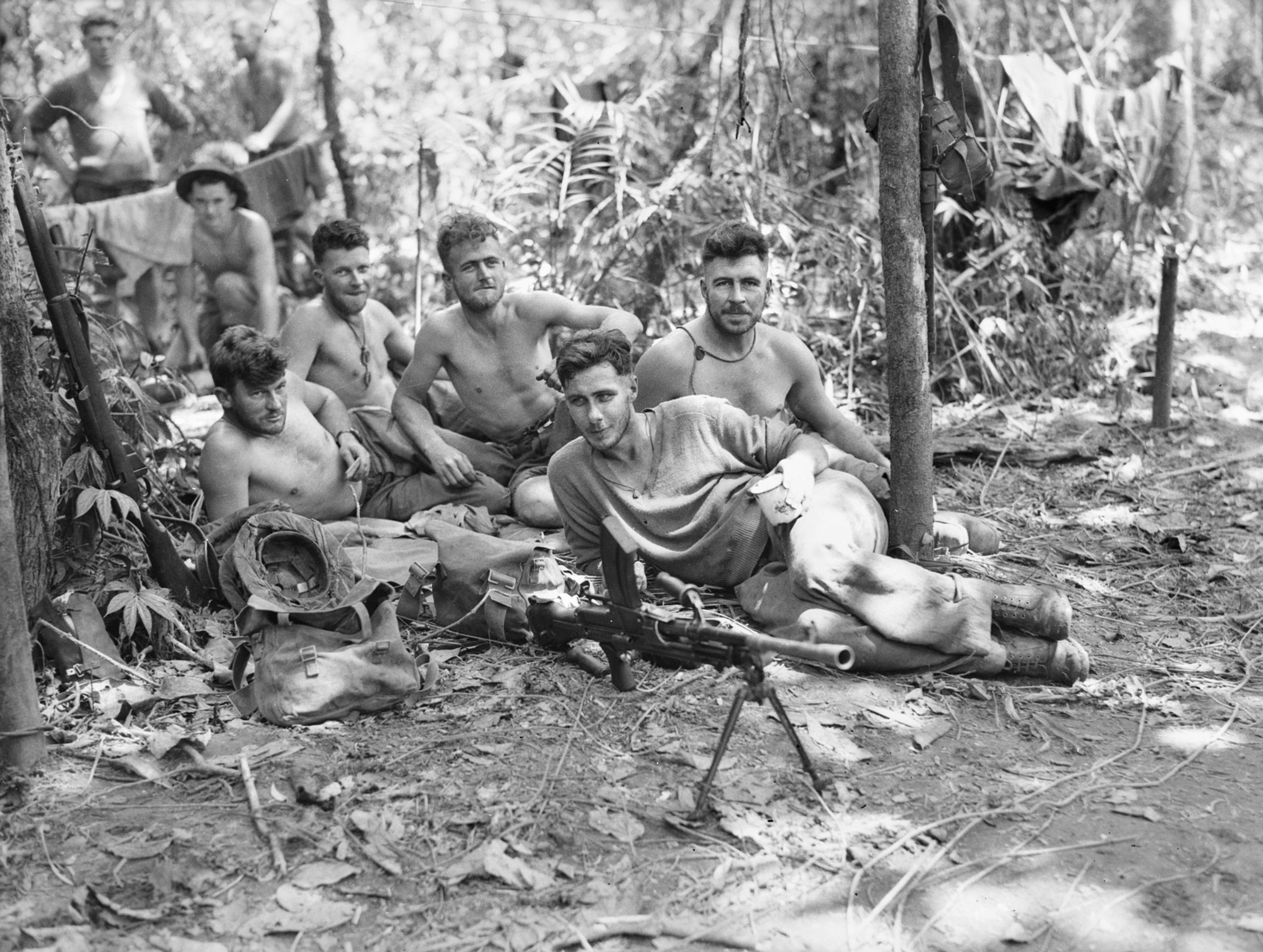
Based on the Defining Moment in Australian history: 1942 Jungle warfare — Kokoda Trail
Imagine that there is war. New Guinea, to the north of Australia, has been invaded by the enemy. If the enemy stay there they will be able to attack Australia.
How do you feel about this? What do you hope will happen?
Discuss these questions, then see what happened with one group in Australia.
Read the information below and use it to answer the Significant groups in Australian history questions at the bottom.
Men of the Kokoda Trail information file
During the Second World War Australians fought against Germany from 1939.
Then, in December 1941, Japan entered the war. They soon took control of much of Asia and the Pacific. They bombed Darwin and other towns in the north. If they controlled New Guinea they might be able to bomb and invade Australia.
In 1942 Australia had very few soldiers available to send to New Guinea to fight the Japanese there. Most Australian soldiers were fighting in other parts of the world.
The Australian soldiers who were sent to New Guinea were young and inexperienced, and had not fought before. They were sent along what was called the Kokoda Trail to meet the oncoming Japanese soldiers. This trail was a steep, swampy, rough, unmade path through jungle and across mountains. The soldiers had to face much larger numbers of the enemy, and try to stop their advance until fresh Australian troops could be sent to help them.
The soldiers had little food, had to cross rivers and climb mountains, and the jungle was so thick they often could not see the enemy until they were almost touching. They were in mud and swamps, with mosquitoes that carried malaria — a disease that caused shivering and fever fits. Many of the men had dysentery caused by dirty water, which meant they had no control over their bowels. In all this, they had to fight the oncoming Japanese, and slow them down.
Many of the men were killed, and many were wounded, but as they retreated they managed to slowdown the Japanese advance. Finally, fresh troops arrived and took over.
During the fighting over 600 Australians were killed, and about 10,000 Japanese. The Japanese were pushed back, and were finally driven out of New Guinea.
The war ended in 1945. The poorly trained, inexperienced and untested young men had helped save the day in 1942 and contributed to the eventual victory.
Significant groups in Australia history
1. What was this group?
2. When did the event(s) happen?
3. What important thing(s) did the group do?
4. What problems did the group have to overcome?
5. What was the outcome or effect of what the group did?
6. What qualities did the people in this group have?
7. Why was this group significant or important in Australian history?
8. If you could meet this group and ask them three questions, what would they be?
9. If you were advising the National Museum of Australia on an object that it could display to tell the story of this group, what would you suggest? You can see what objects the Museum has using the National Museum of Australia Collection Explorer.






